Ban on single-use plastic packaging, mandatory reusable packaging, ongoing changes to the packaging law - restaurateurs are not having it easy at the moment. How can you find your way through this jungle of laws and demands for environmentally friendly packaging materials? We at Better-Pack will help you. In our section you will find various articles on current topics from the catering industry and many incentives for environmentally friendly packaging options. We would like to introduce you to one of these options in this article: Recycled PET . Find out here what the material rPET is all about and why it is worthwhile for you to use packaging made from recycled PET.
What is recycled PET? (material rPET)
Recycled PET, or rPET for short, is a plastic that is made from recycled PET bottles and other PET packaging. PET (polyethylene terephthalate) is a widely used plastic that is mainly used for drinks bottles and food packaging. Recycling PET products creates rPET, which is reused in new packaging - and can itself be recycled after use. A recycling cycle at its finest!
What rPET packaging is available?
There are a variety of packaging made from rPET. The most popular include drinking bottles, food containers, salad bowls , cups, lids or even film packaging. These packages are just as functional as their counterparts made from new plastic, but are environmentally friendly.
Is rPET waterproof?
Yes, rPET is waterproof. It has similar physical properties to virgin PET, including its resistance to moisture. This makes rPET ideal for packaging foods and beverages that come into contact with liquids.

What are the advantages of rPET?
• Conservation of resources: The use of rPET helps to conserve natural resources because less crude oil is needed to produce new plastic.
• Sustainable circular economy: rPET supports the principle of the circular economy by keeping materials in the economic cycle and minimizing environmental impact.
• Lower carbon footprint: The production of rPET requires less energy than the production of new PET, which leads to a reduction in CO2 emissions.
What are the disadvantages of rPET?
• Quality differences: rPET may have slight quality differences compared to virgin PET, particularly in terms of clarity and strength.
• Costs: The costs for rPET can be higher than for new PET due to the complex recycling process and the necessary quality assurance measures. For this reason, Better-Pack regularly runs discount campaigns to offer you particularly sustainable packaging at a reasonable price!
How do I dispose of rPET?
rPET packaging should be disposed of like other plastic packaging – in the yellow bag or yellow bin for recyclables. It is important to dispose of rPET correctly to ensure that it can be recycled again and thus remains in the cycle.
Modern take away packaging - is rPET worth it?
Yes, the use of rPET in modern take-away packaging is worthwhile for several reasons. Firstly, it contributes significantly to the reduction of plastic waste and thus has a positive impact on the environment. Secondly, rPET products have almost identical properties to PET products, which means you can easily and simply focus on sustainability in your catering business without having to forego high-quality packaging.


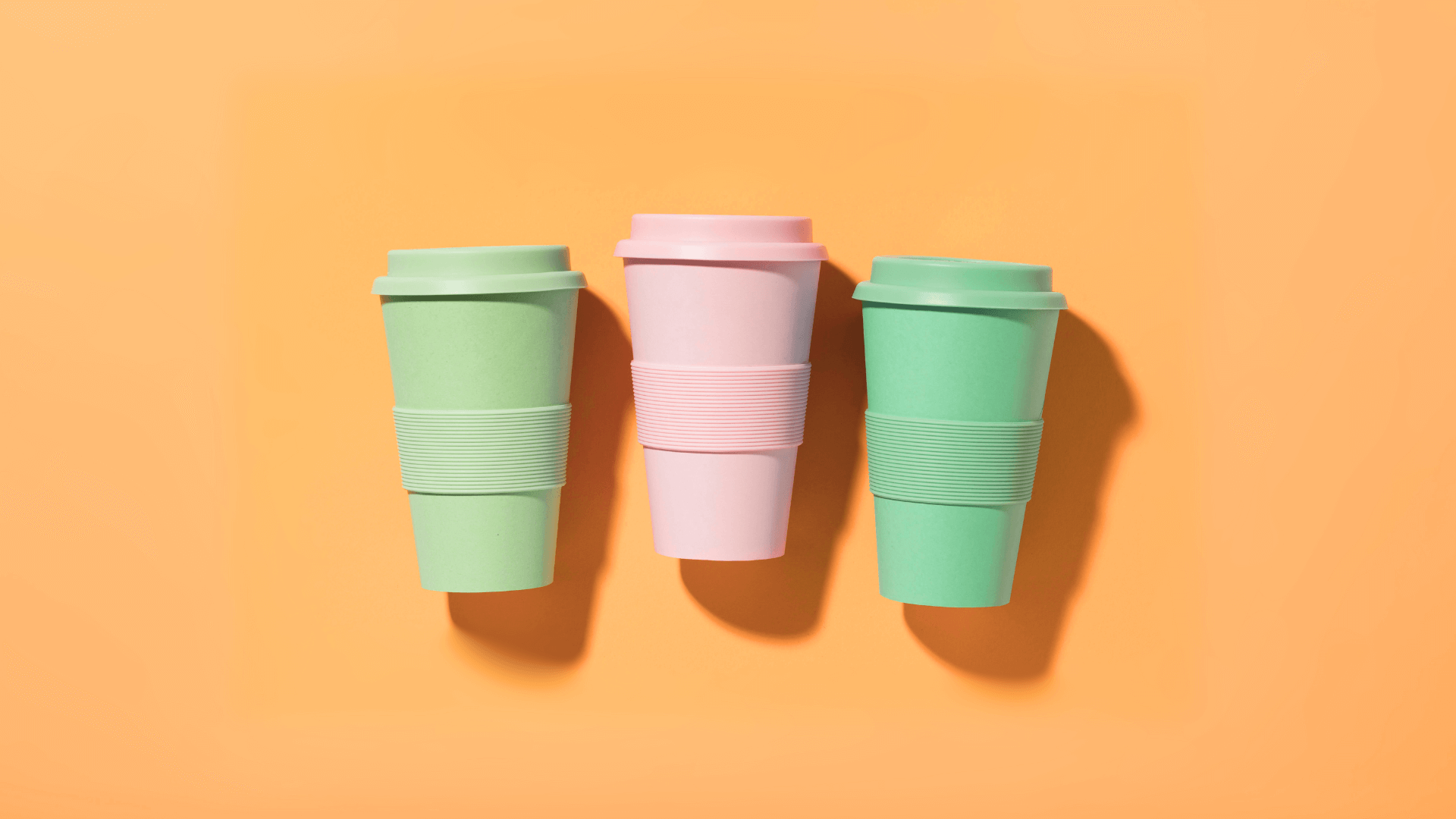
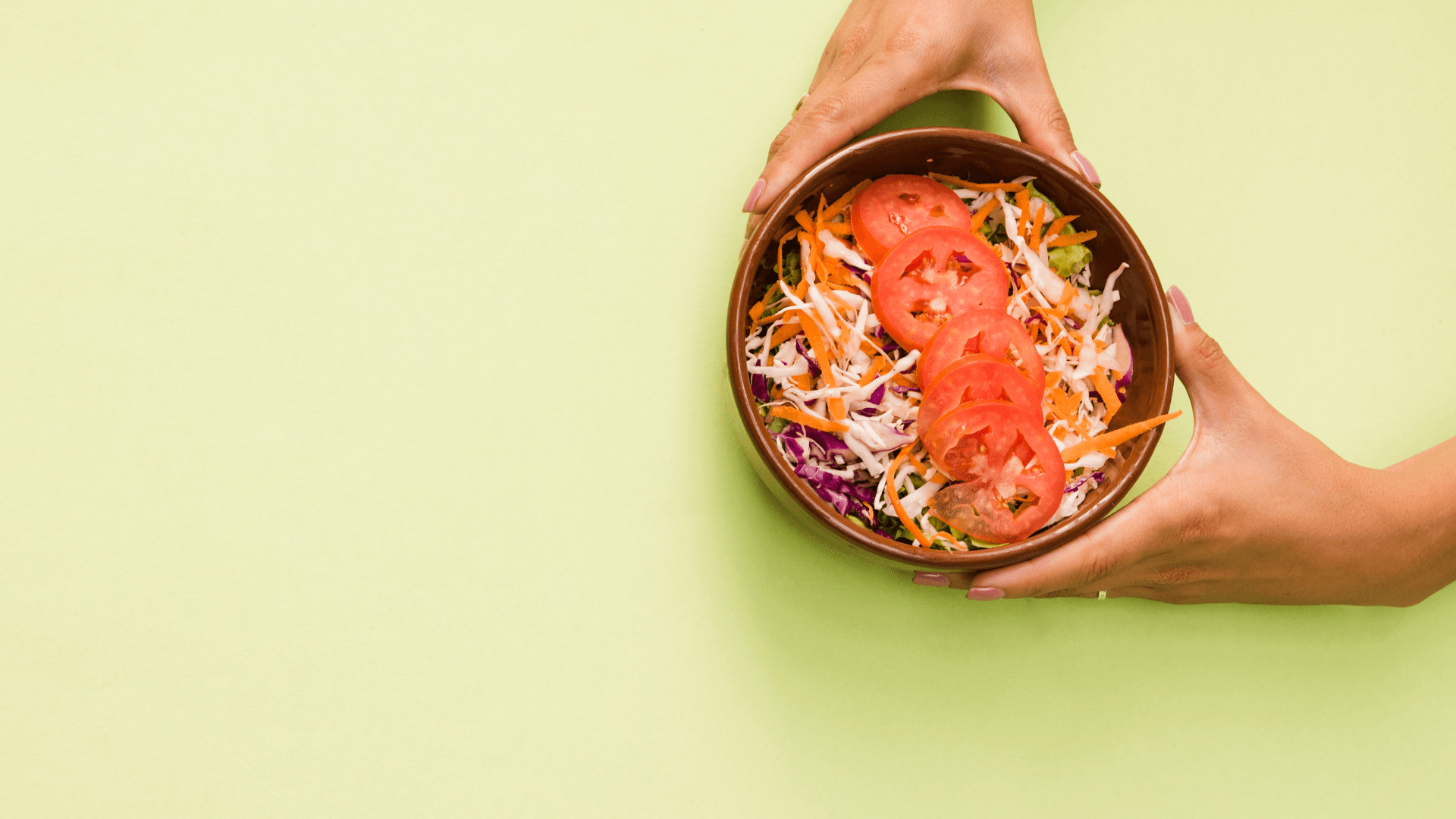
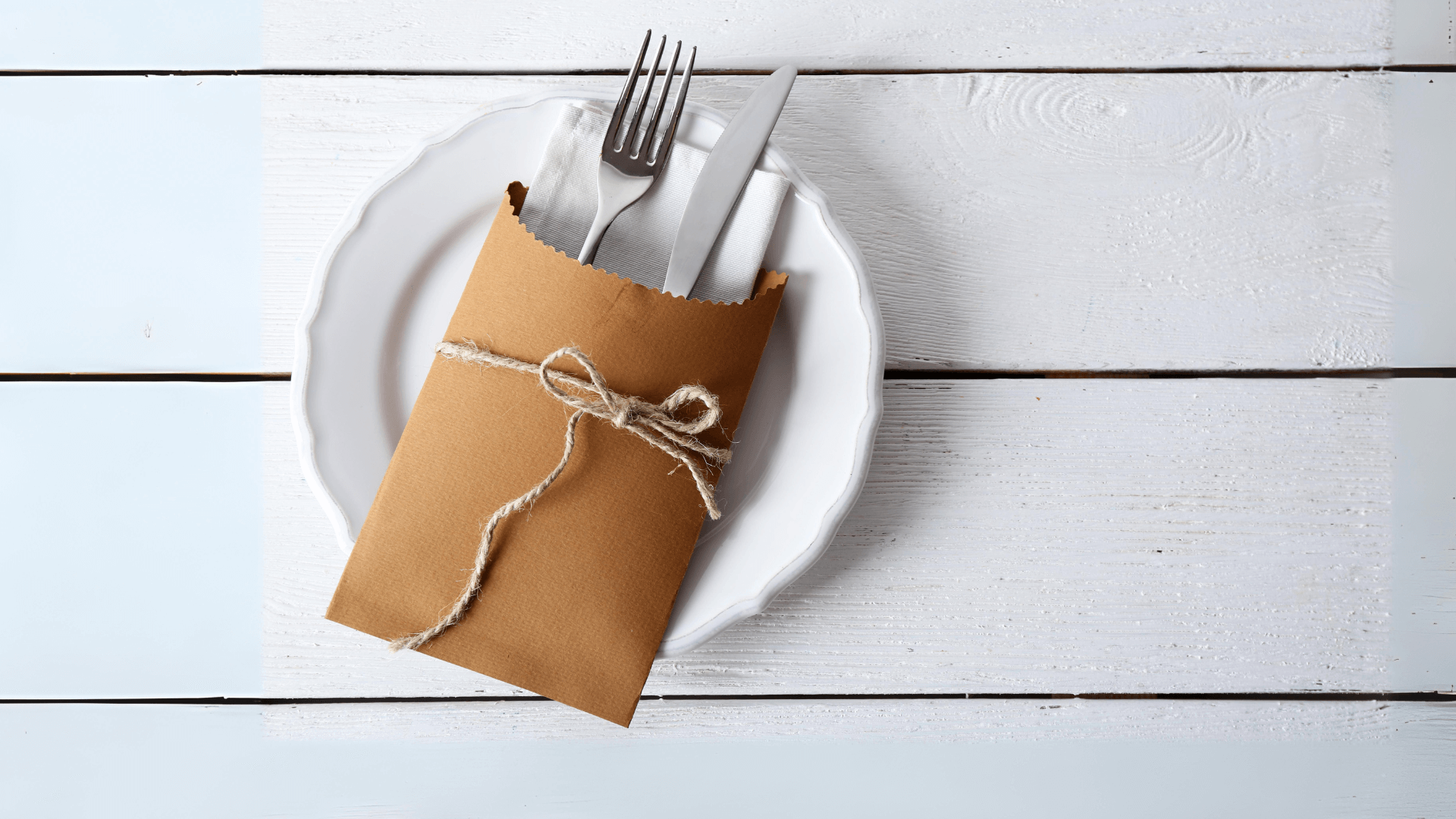
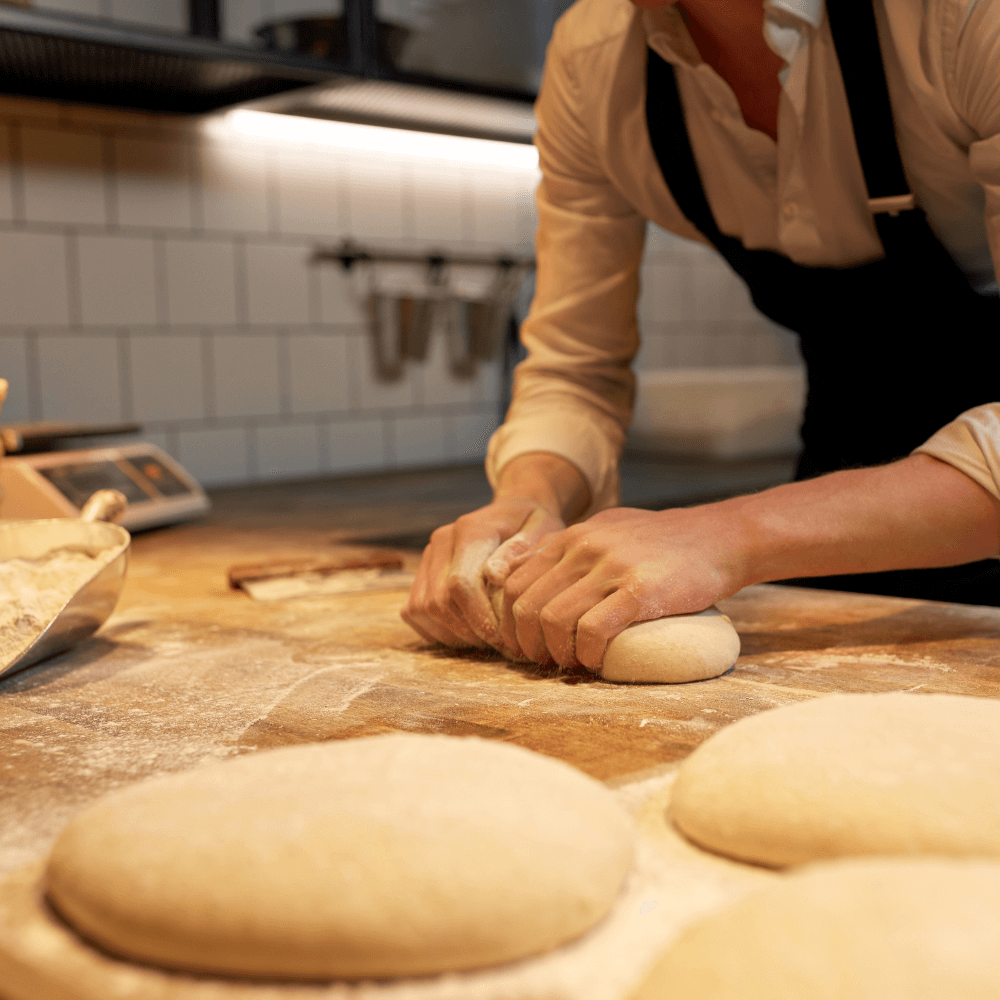
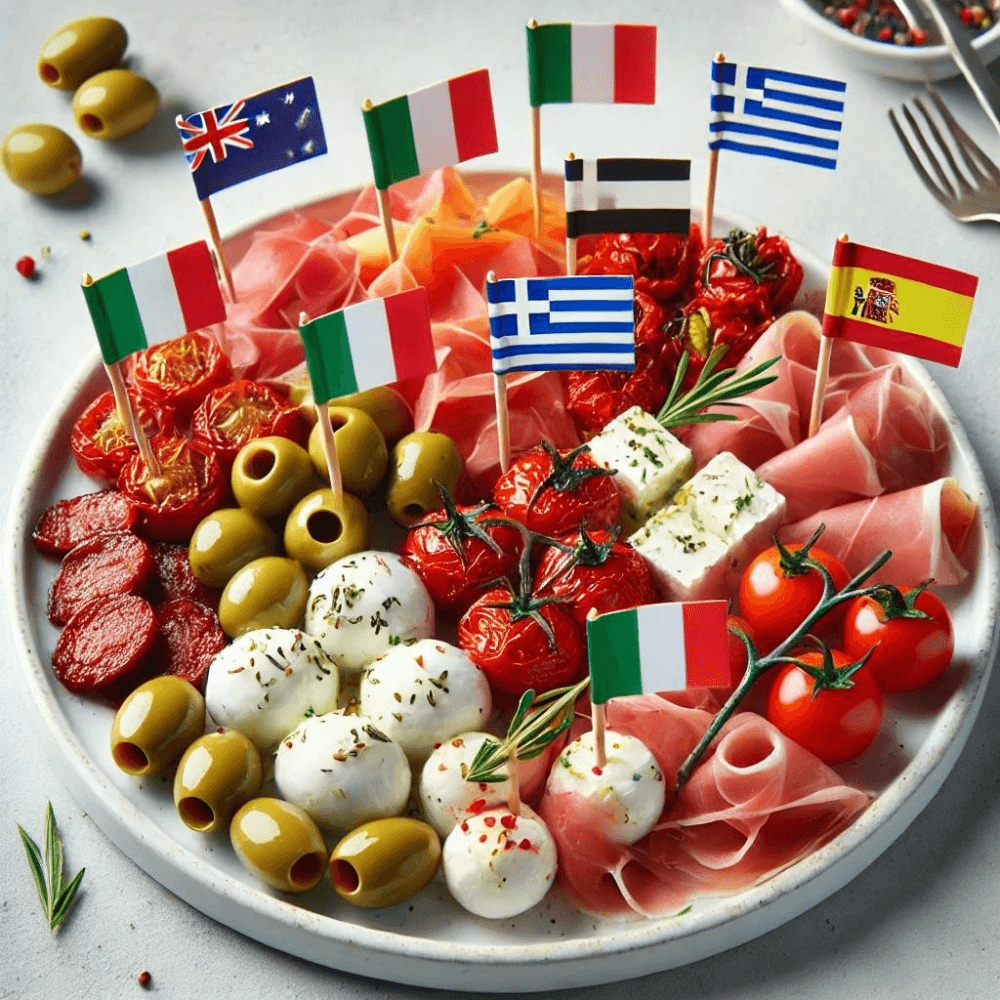
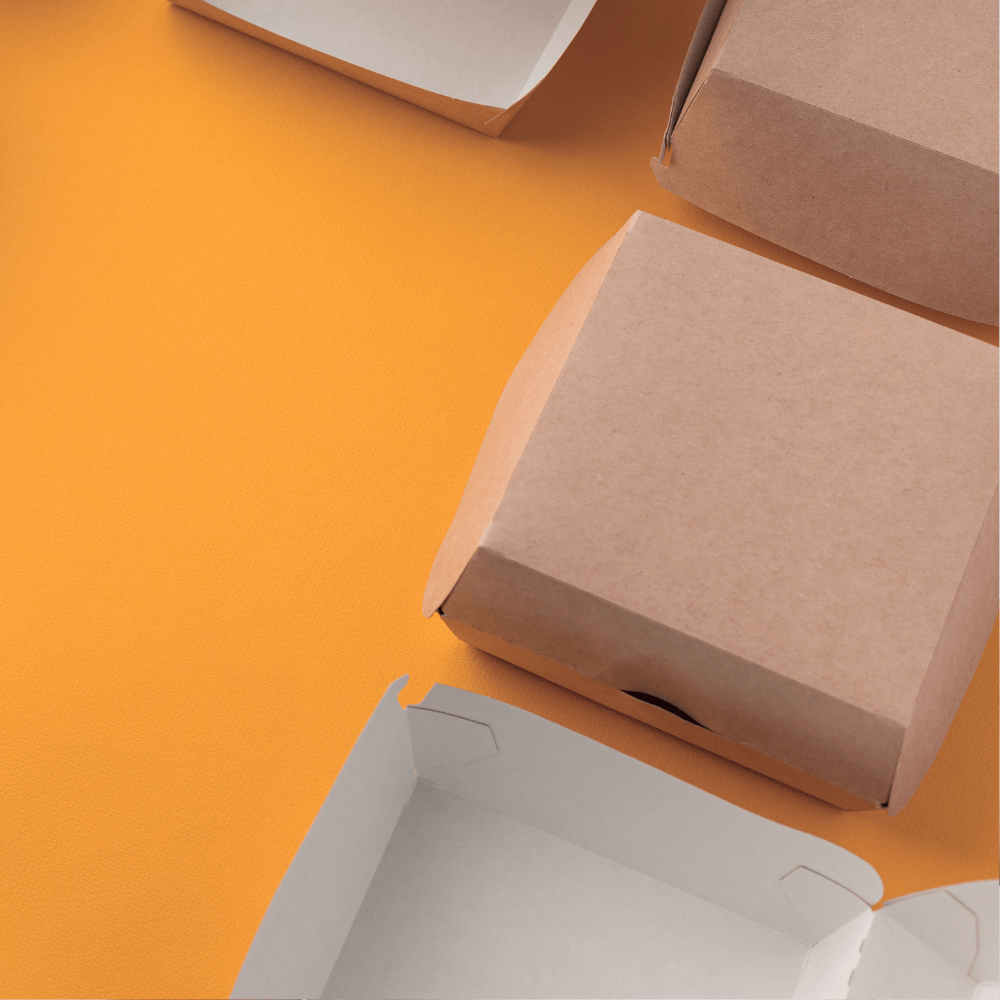

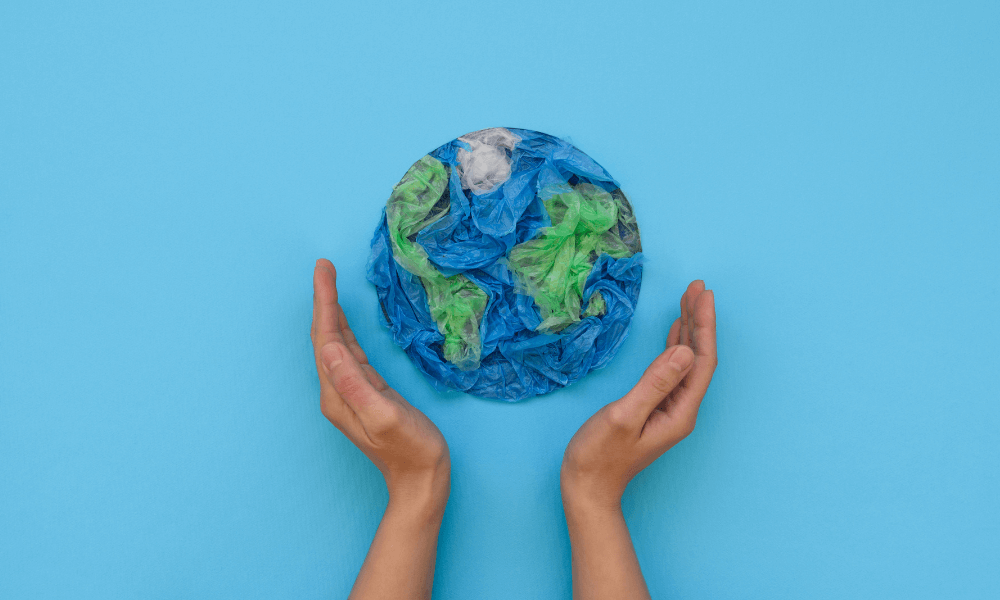


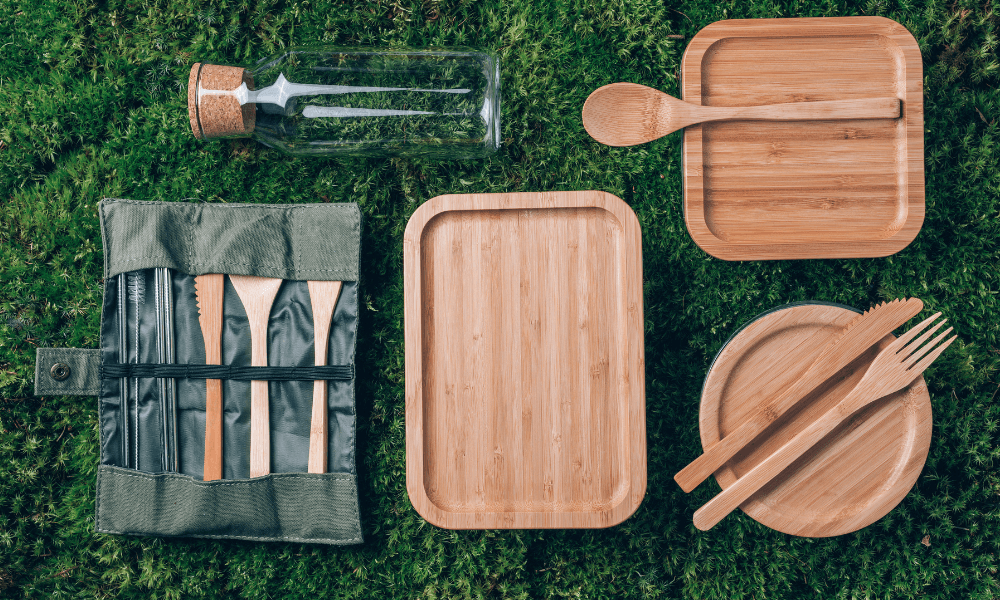
Leave a comment
This site is protected by hCaptcha and the hCaptcha Privacy Policy and Terms of Service apply.